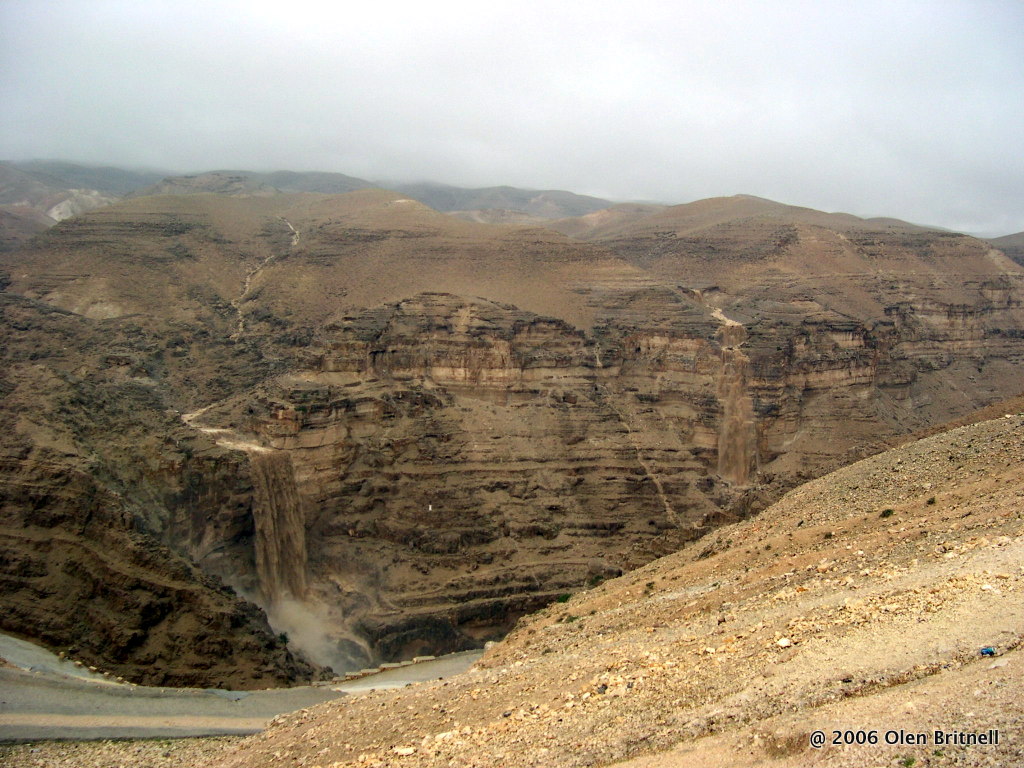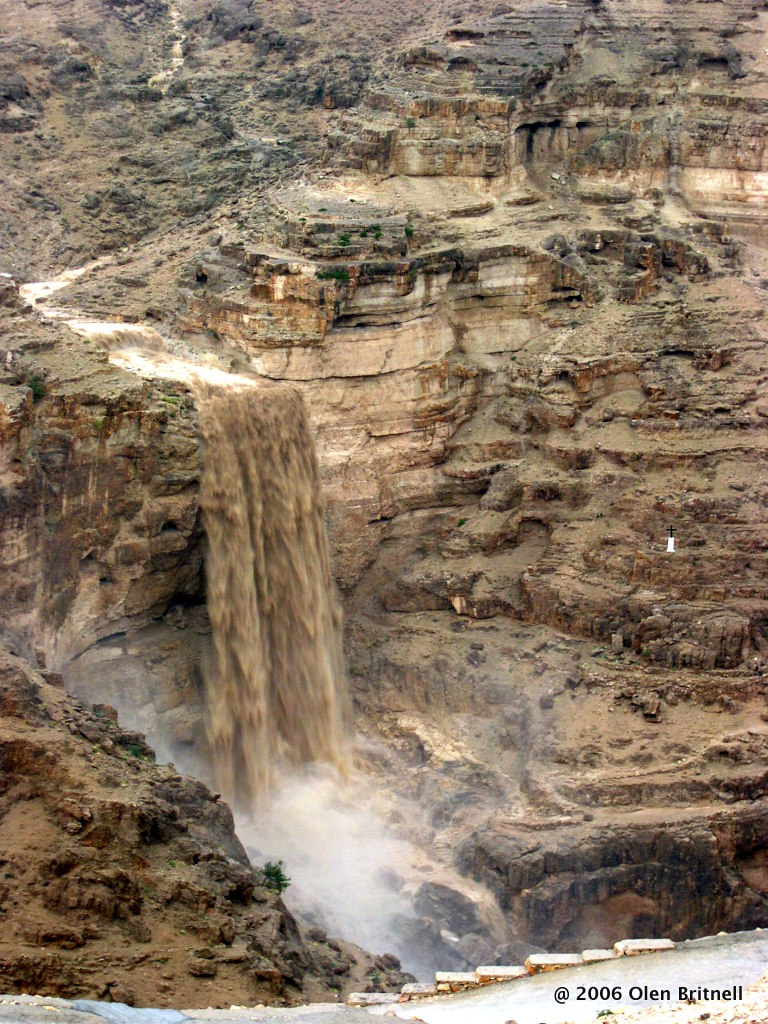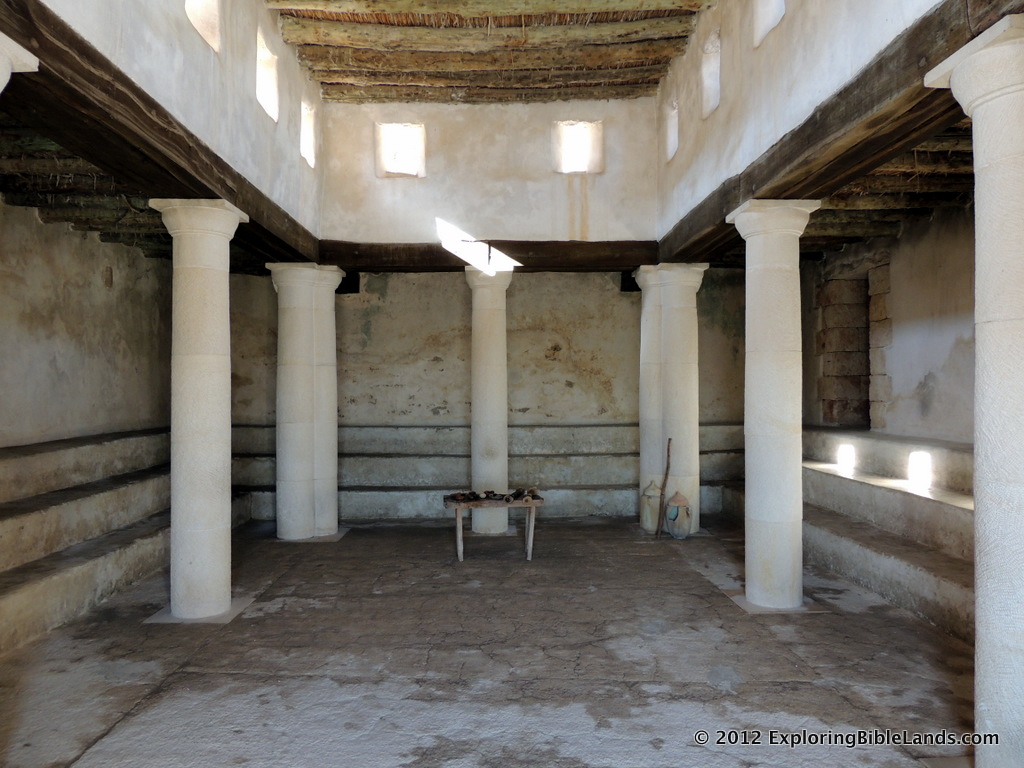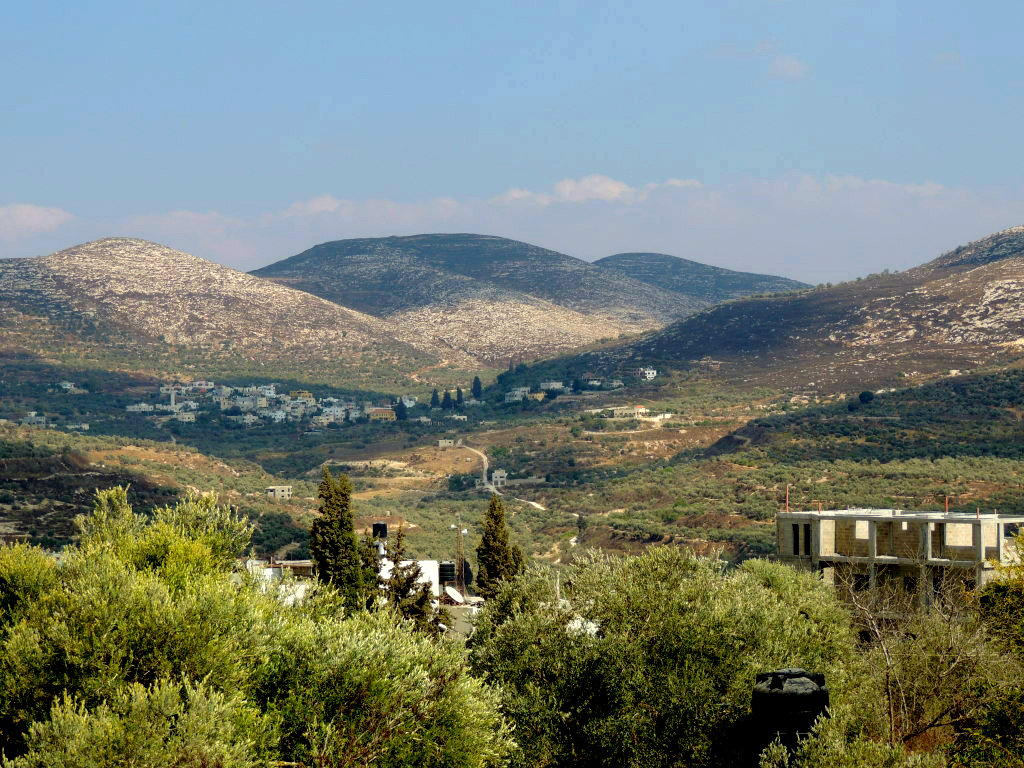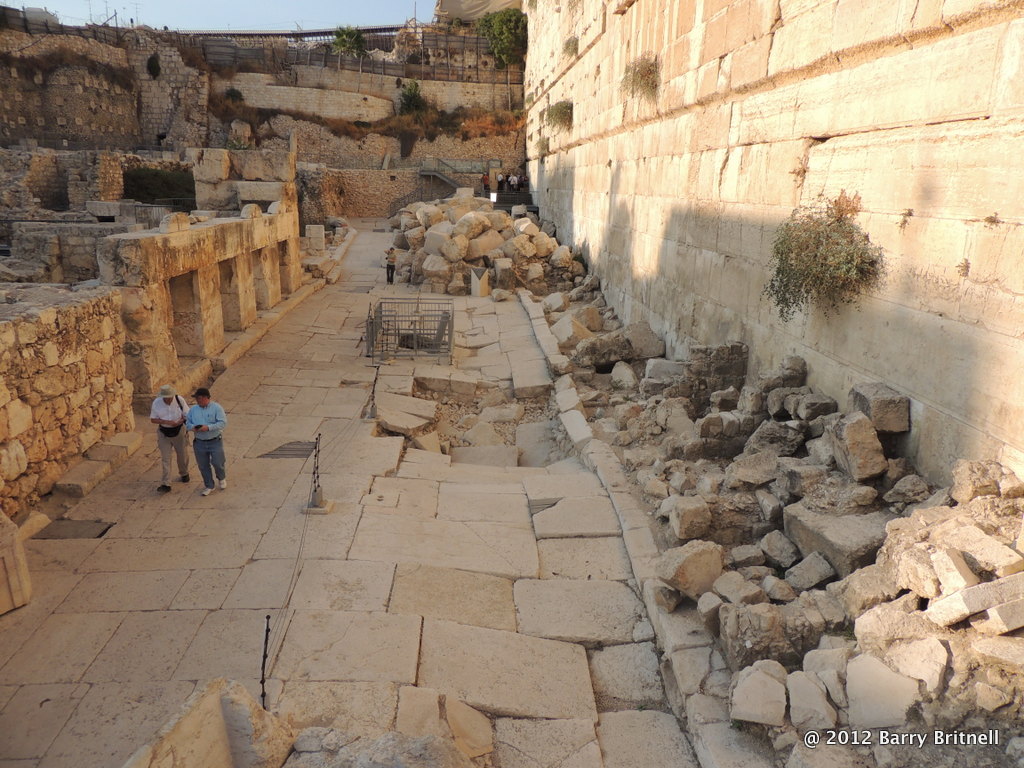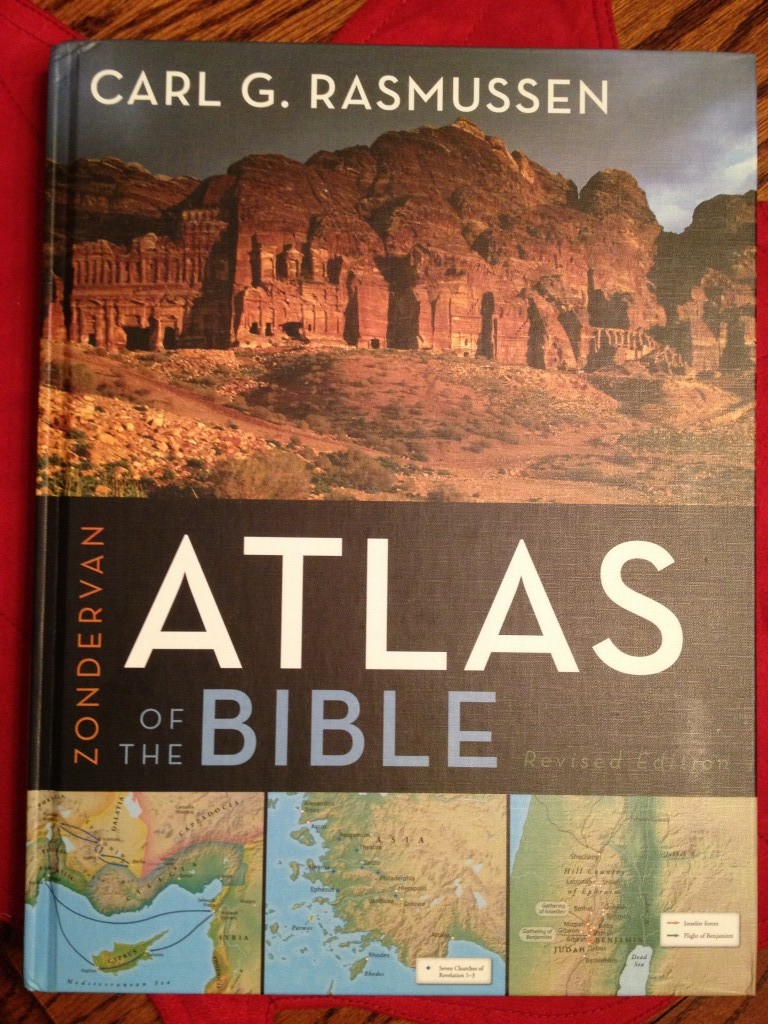During the period of the Divided Kingdom, Elisha served as a prophet of God to the nation of Israel. As he passed through the Jezreel Valley, he would frequently stay in the town of Shunam with a woman and her husband. This friendly couple even built an extra room on to their house so that Elisha would have a place to stay (1 Kings 4:8-10).
After a period of time, Elisha wanted to repay the woman for the kindness she had shown to him. Since the couple was childless, Elisha's servant, Gehazi recommended that the couple be provided with a son. Elisha promised them a child and about a year later, a son was born.
Years later, the young man was working out in the field and developed a headache. Soon after arriving back at home, he died in his mother's arms. Distraught, the Shunammite woman got on her donkey to go and find Elisha, who was now at Mount Carmel. Then, in 1 Kings 4:24-25, we read:
Then she saddled a donkey, and said to her servant, “Drive, and go forward; do not slacken the pace for me unless I tell you.” And so she departed, and went to the man of God at Mount Carmel. So it was, when the man of God saw her afar off, that he said to his servant Gehazi, “Look, the Shunammite woman!"
As you know, Elisha soon raised the young man from the dead as a show of the power of God.
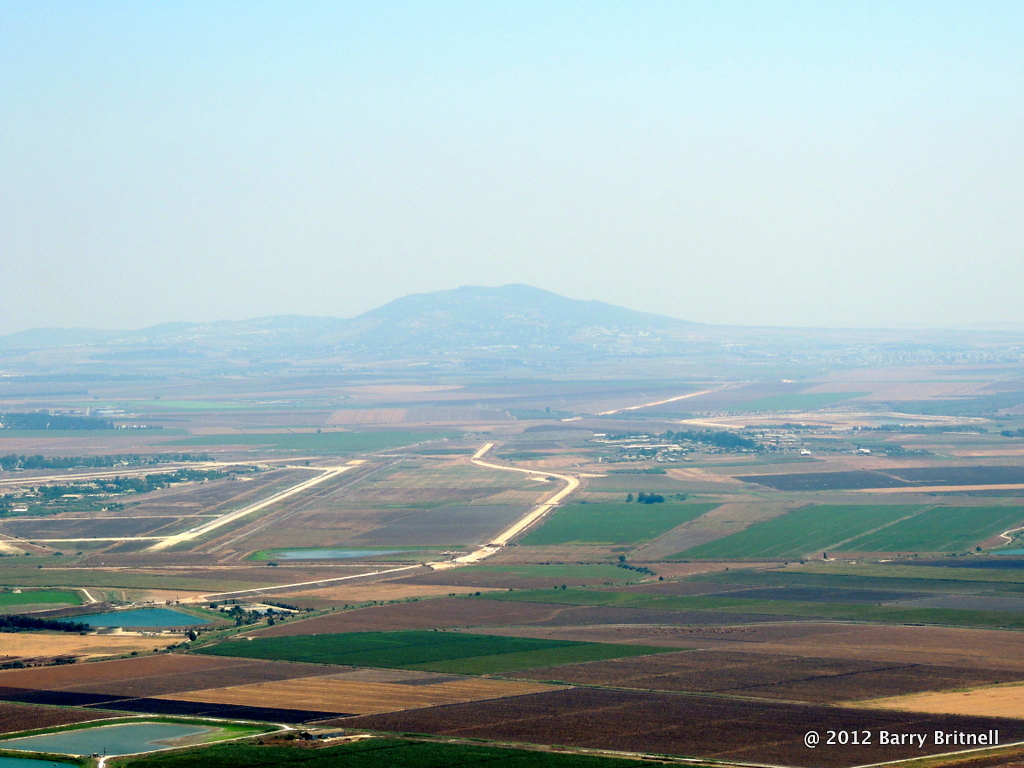 Recently, I was in a Bible class where we were discussing this story. I was struck by the phrase "when the man of God saw her afar off". I was reminded of a picture that I took last September when I was in Israel. I have featured that picture in this post. This picture is taken from Mount Carmel looking east in the direction of the Hill of Moreh. The town of Sulam is the modern city which sits on ancient Shunam, which was located in the Jezreel Valley just southwest of the Hill of Moreh. In the picture, Shunam would have sat just to the right of the hill.
Recently, I was in a Bible class where we were discussing this story. I was struck by the phrase "when the man of God saw her afar off". I was reminded of a picture that I took last September when I was in Israel. I have featured that picture in this post. This picture is taken from Mount Carmel looking east in the direction of the Hill of Moreh. The town of Sulam is the modern city which sits on ancient Shunam, which was located in the Jezreel Valley just southwest of the Hill of Moreh. In the picture, Shunam would have sat just to the right of the hill.
As Elisha and Gehazi sat on Mount Carmel, this would have been the approximate view that they would have had. As you can see, it would have been easy to see a couple of people riding donkeys heading in their direction.
Isn't it interesting how accurate the Bible is?







